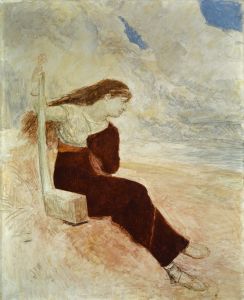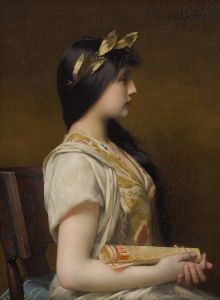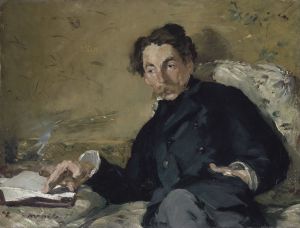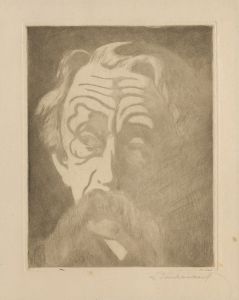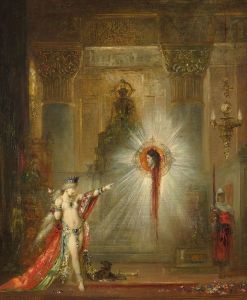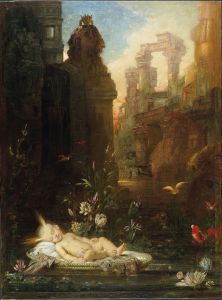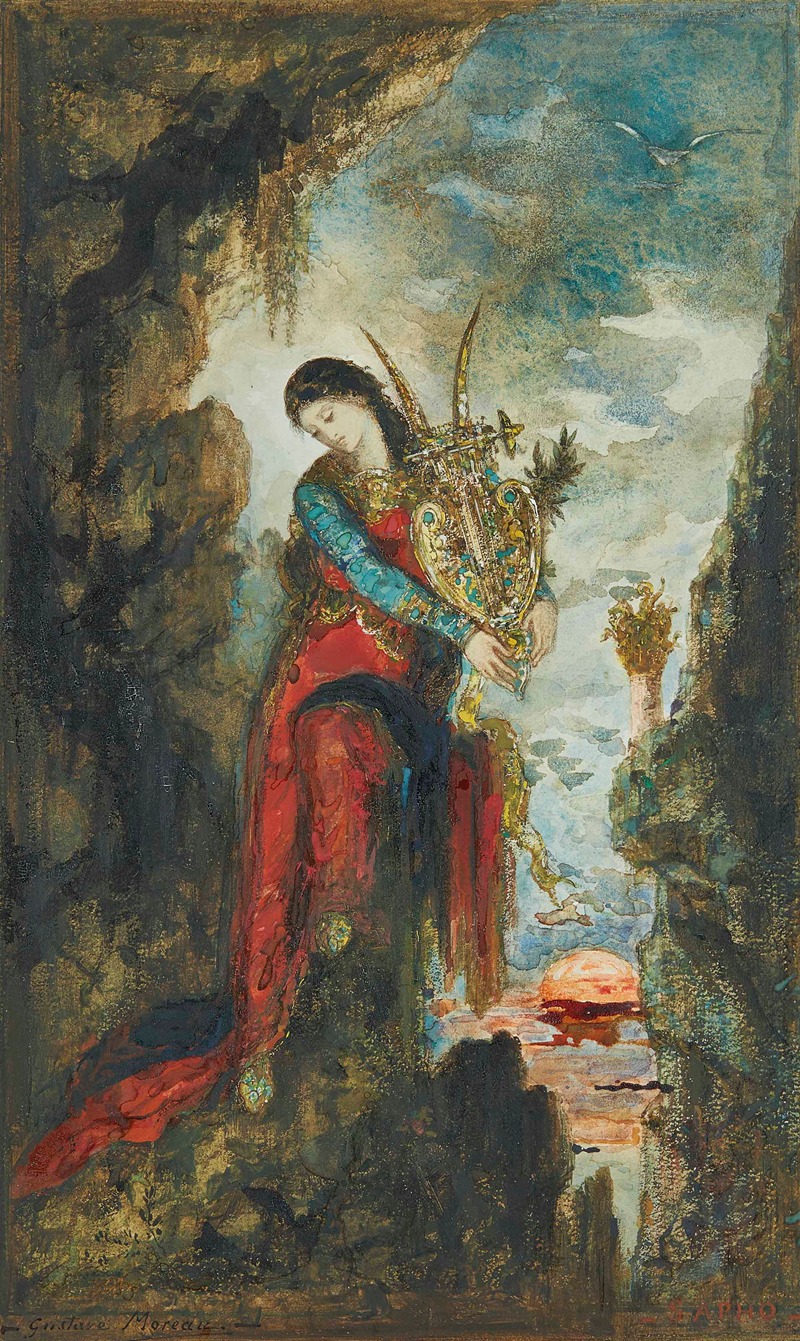
Sappho
A hand-painted replica of Gustave Moreau’s masterpiece Sappho, meticulously crafted by professional artists to capture the true essence of the original. Each piece is created with museum-quality canvas and rare mineral pigments, carefully painted by experienced artists with delicate brushstrokes and rich, layered colors to perfectly recreate the texture of the original artwork. Unlike machine-printed reproductions, this hand-painted version brings the painting to life, infused with the artist’s emotions and skill in every stroke. Whether for personal collection or home decoration, it instantly elevates the artistic atmosphere of any space.
Gustave Moreau, a prominent French Symbolist painter, created the artwork "Sappho" in 1871. Moreau is known for his intricate and imaginative works that often draw on mythological and literary themes. This painting is no exception, as it depicts the ancient Greek poet Sappho, who is renowned for her lyric poetry, much of which was dedicated to the themes of love and passion.
The painting "Sappho" by Moreau is an oil on canvas that measures approximately 200 x 120 cm. It is currently housed in the Musée d'Orsay in Paris, France. Moreau's depiction of Sappho is characterized by his typical use of rich, vibrant colors and elaborate details, which contribute to the overall mystical and ethereal quality of the piece.
In the painting, Sappho is portrayed in a contemplative pose, holding a lyre, which is a traditional symbol of her musical and poetic talents. She is dressed in elaborate, flowing garments that reflect Moreau's fascination with exotic and historical costumes. The background of the painting features a serene landscape, with a calm sea and distant mountains, which adds to the tranquil and introspective mood of the scene.
Moreau's "Sappho" is notable for its symbolic elements, which are characteristic of the Symbolist movement. The lyre, for instance, not only represents Sappho's artistic abilities but also serves as a symbol of the harmony and beauty that she sought to express through her poetry. The serene landscape can be interpreted as a reflection of Sappho's inner world, a place of peace and contemplation.
The painting also reflects Moreau's interest in the themes of love and beauty, which were central to Sappho's poetry. By choosing to depict Sappho, Moreau aligns himself with a long tradition of artists and writers who have been inspired by her work. His portrayal of her as a solitary, introspective figure emphasizes the personal and emotional nature of her poetry, which often explores the complexities of love and desire.
"Sappho" by Gustave Moreau is a testament to the enduring legacy of the ancient poet and the continued fascination with her life and work. Moreau's intricate and symbolic style brings a new dimension to the depiction of Sappho, highlighting her significance as a cultural and artistic icon. The painting remains an important piece in the collection of the Musée d'Orsay, where it continues to be admired by visitors for its beauty and depth.
Overall, Moreau's "Sappho" is a striking example of Symbolist art, combining rich visual detail with profound symbolic meaning. It captures the essence of Sappho's poetic spirit and serves as a tribute to her enduring influence on art and literature.





